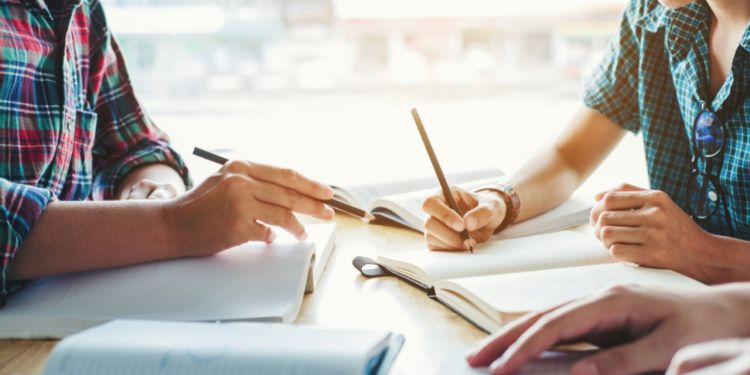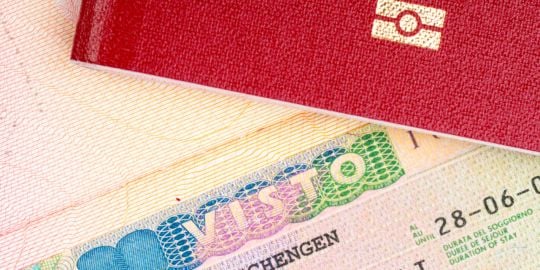Education in Italy

If you have decided to relocate your family to Italy, you might probably have some questions around the education system. Firstly, education in Italy is free to all children regardless of their nationality and whether they have registered as residents.
It is compulsory to send your children to school from the age of six to sixteen, in either a state or private institution. You may also wish to send your child from 0 to 3 years old to the asylum (crèche) or from 3 to 6 years old to the scuola materna (nursery school). For more information on this consult our article on Family and Childcare in Italy.
Types of school in Italy
There are three types of school in Italy: state subsidised, private, and international.
Most Italians send their children to state schools, although private schools are a popular choice for expats and individuals with preferred religious teaching methods. Note that state-sponsored schools teach in Italian, although English is often taught as a second language. International schools are another option for expat families who wish for their children to continue the curriculum of their home country, although this may make it harder for your children to assimilate into the Italian culture. Most international schools are concentrated in big cities such as Milan, Rome, and Turin, and have high school fees.
Important:
Schools are regulated by the Ministry of Education and must teach according to a school curriculum.
The education system in Italy
The education system in Italy is divided into four stages: pre-school (not compulsory), primary school (compulsory), secondary school(compulsory), and further education (not compulsory).
Good to know:
After the age of 16, tuition remains free, although an enrolment tax (tasse d'iscrizione) of around â¬20 is payable at the beginning of each school year.
Primary schools in Italy
Primary schools are compulsory for children aged six to eleven. Children stay here for five years and learn from a comprehensive system of education which covers an array of subjects, from languages to history to mathematics. Classes in state schools average between 10-25 students and there are typically two teachers per class. Children must obtain a primary school leaving certificate to progress to lower secondary school.
Secondary schools in Italy
Secondary education in Italy is split into two distinct stages: lower secondary school and upper secondary school.
Lower secondary school is compulsory for children between the age of 11 and 14. Children must attend school for 30 hours per week, and the numbers of hours spent on each subject is stipulated by the Ministry of Education which includes: seven hours of Italian, six hours of mathematics, physics, chemistry, and biology, four hours of history and geography, three hours of a foreign language, two hours of physical exercise, and one hour of religious studies.
Students will receive a report on each subject and the end of their third year they will need to pass an examination, which will enable them to graduate into upper secondary school.
Upper secondary school is compulsory for children aged between 14 and 16. At this stage, they decide which subjects they would like to specialise in, which determines what they will go on to study after at the university level. Liceo is an academic training, whilst istituto is a technical and practical training. Each province and municipality will have several different types of school: Arts, Classics, Languages, Sciences, Teacher Training, and Technical.
Good to know:
Entrance into upper secondary school is not competitive and, so long as there are sufficient places, the student should be able to attend the school of choice.
At the end of upper secondary school, students will receive a diploma which qualifies them for application at a university. This usually involves three written exams and an oral test.
Higher education in Italy
All students are entitled to apply for university, provided they have completed their five-year course at secondary school and have proof of the upper secondary school diploma called Laurea.
Useful links:
EUROPA - Guide to the Education System in Italy
Ministry of Education, University and Research
National Institute for the evaluation of the education and training system








